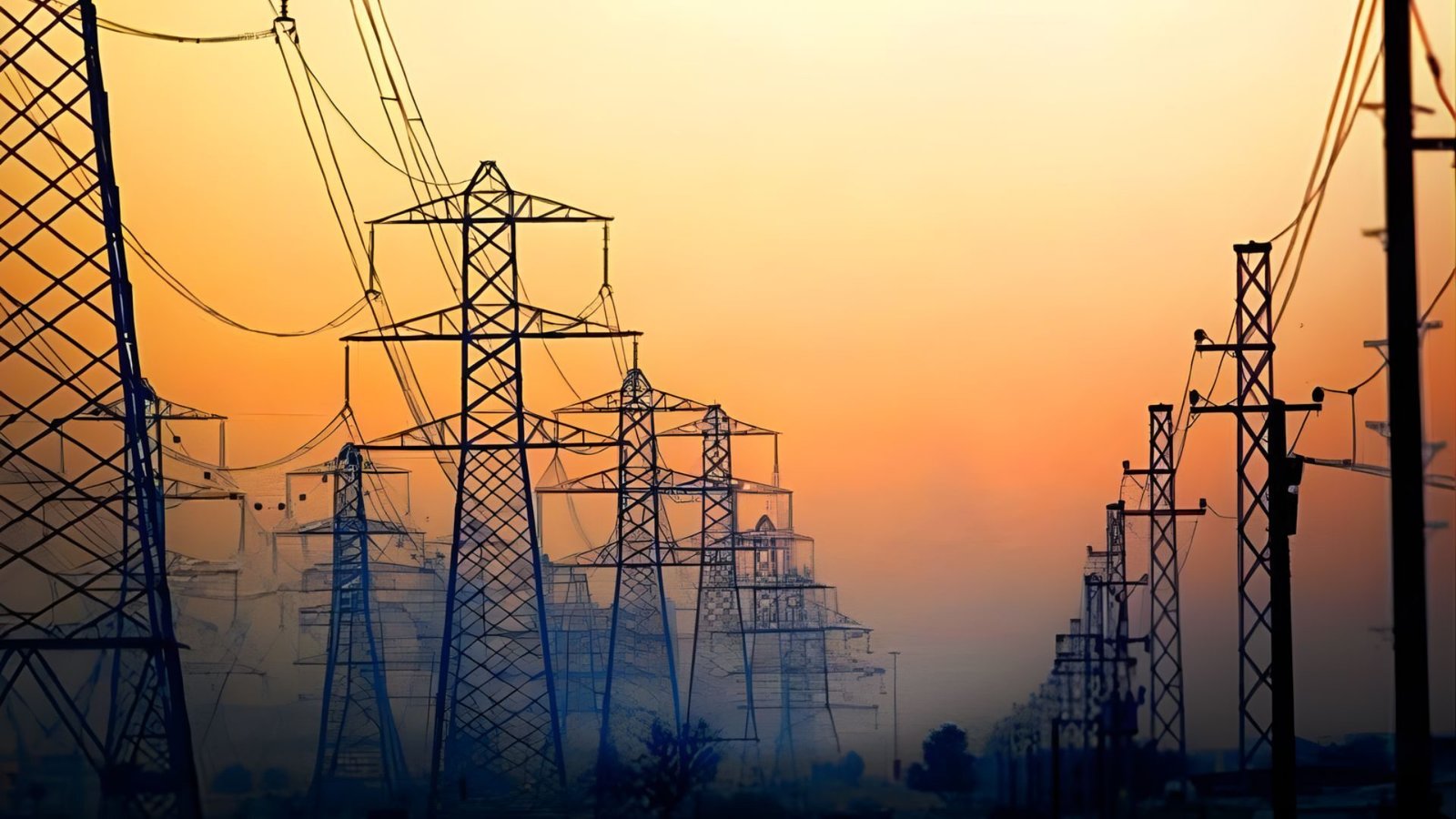By Farooq Awan
Pakistan’s energy market is facing one of its toughest periods in recent history. The Pakistan energy crisis 2025 has brought soaring costs, weak demand, rising import reliance, and mounting circular debt, even as renewable energy adoption grows unevenly.
Despite some temporary improvements in production and supply during fiscal year 2023-24, the country’s energy system is under strain due to inefficiencies, distorted tariffs, and limited investment in domestic energy resources.
The Pakistan Energy Market Review 2025 by Renewables First reports that total primary energy supply fell by 2 percent year-on-year to 81 million tonnes of oil equivalent (Mtoe) in FY24, while final energy consumption dropped 7 percent to 43 Mtoe — the third straight yearly decline.
This slowdown is largely due to tariff-driven demand reduction, lower industrial output, and a shift toward distributed solar power. At the same time, the share of imported fuels, particularly liquefied natural gas (LNG), stayed high, leaving the economy exposed to global price swings and currency pressures.
Domestic fuel production is falling while imports rise. Natural gas output dropped 4 percent in FY24, continuing a multi-year decline caused by depleted fields and low exploration activity. Crude oil production rose slightly by 2 percent but is still 25 percent lower than a decade ago.
Meanwhile, LNG imports increased 13 percent to 9.1 Mtoe, making up nearly one-third of total gas supplies. This gap between local production and imported energy has put serious pressure on Pakistan’s finances and trade balance.
Gas prices are now a heavy burden for industries and households. During FY24, industrial gas tariffs rose up to 193 percent and household rates by 150 percent to better reflect the weighted average cost of gas.
These hikes helped slow circular debt growth but made energy less affordable, pushing consumers toward self-generation and alternative fuels.
Circular debt is climbing. By March 2025, gas sector debt reached Rs3.2 trillion due to subsidy delays, theft, inefficiencies, and late payments from power companies.
Power sector debt stayed above Rs2.3 trillion despite repeated tariff increases and government settlements. These unpaid bills restrict liquidity and block investment in exploration, infrastructure, and renewable projects.
Coal has shown mixed results. Domestic coal production jumped 28 percent to 8.6 Mtoe as Thar-based power plants ran at full capacity, but overall consumption fell 3 percent due to weak industrial demand.
Coal imports fell 39 percent amid forex shortages, yet Pakistan remains vulnerable to global energy price swings because of heavy dependence on LNG and refined oil. Petroleum consumption also dropped 9 percent, reflecting both price-driven demand reduction and broader economic changes.
Short-term cost-cutting has stabilized imports, but it hasn’t solved systemic weaknesses. Pakistan’s aging transmission and distribution networks, high losses, and uncertain policies continue to hurt efficiency.
Overlapping responsibilities between ministries and regulators slow decision-making and discourage private investment.
Renewable Energy Growth Amid Crisis
There is some progress in renewable energy. Between FY21 and FY24, the combined share of hydel, nuclear, and renewable energy rose 49 percent, reaching 17 Mtoe, or about 20 percent of primary energy supply.
Rooftop solar use has grown rapidly, especially among households and industries trying to avoid rising grid and gas costs. This shift helps long-term energy security but brings new challenges, like lower sales for traditional utilities and potential revenue shortfalls.
Decentralized Solar Requires Modern Frameworks
The move toward decentralized solar requires updated regulations and technical frameworks to manage distributed generation, storage, and power quality. The report calls for investment in grid upgrades, smart meters, and transmission improvements to handle variable renewable energy and reduce losses.
It also urges better coordination among petroleum, power, and finance ministries to align fiscal and energy policies.
Rising Circular Debt and Fiscal Pressures
Circular debt continues to challenge Pakistan’s energy sector. Accumulated liabilities in both gas and power sectors limit investment and create financial strain, making the need for coherent reforms urgent.
Fossil Fuel Production vs. Imports
Domestic fuel production continues to decline while LNG imports rise, exposing Pakistan to price volatility and putting additional pressure on fiscal accounts and trade balance.
Long-Term Sustainability Solutions Needed
According to the Pakistan Energy Market Review 2025, the energy sector must move beyond short-term crisis fixes toward sustainable solutions. Without strong reforms, falling local production, rigid import contracts, and rising consumer costs could prolong the current high-cost energy era.
But with decisive policy action, more investment in renewables, and transparent pricing, Pakistan could build a more resilient, affordable, and sustainable energy future.
Author Profile
-
Farooq Awan is a meticulous finance correspondent focused on Pakistan’s growth engines.
His reporting, driven by State Bank data, details the services sector's resilience and 3% expansion as the primary force behind GDP recovery. Awan highlights the critical role of ICT and stable policy in driving this essential economic digital transformation.





